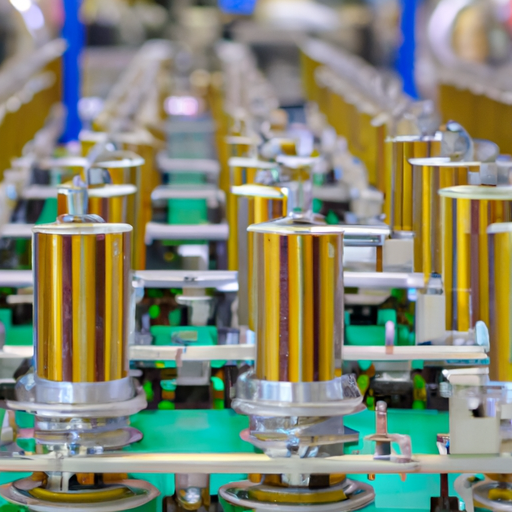Signal converters are essential components in various electronic devices and systems, as they help in converting one type of signal into another. This conversion process is crucial for ensuring compatibility between different devices and enabling seamless communication between them. In this article, we will explore the mainstream production process of signal converters, highlighting the key steps involved in their manufacturing.

The production process of signal converters typically begins with the design and development phase. During this stage, engineers and designers work together to create a detailed blueprint of the converter, taking into account the specific requirements and specifications of the device or system it will be used in. This involves determining the type of signals that need to be converted, the input and output interfaces, the conversion method, and other technical details.
2. Component Selection
Once the design is finalized, the next step in the production process is selecting the components that will be used in the signal converter. This includes choosing the appropriate integrated circuits, resistors, capacitors, and other electronic components that are required for the conversion process. The selection of components is crucial for ensuring the performance, reliability, and durability of the signal converter.
3. PCB Layout
After the components are selected, the next step is to create the printed circuit board (PCB) layout for the signal converter. The PCB layout is a crucial aspect of the production process, as it determines the physical arrangement of the components on the board and the routing of the electrical connections between them. A well-designed PCB layout is essential for ensuring the proper functioning of the signal converter and minimizing signal interference and noise.
4. Assembly
Once the PCB layout is finalized, the next step is to assemble the components onto the board. This involves soldering the electronic components onto the PCB, following the layout design. The assembly process requires precision and attention to detail to ensure that all components are properly aligned and connected. Automated assembly machines are often used to speed up the process and ensure consistency in the assembly of signal converters.
5. Testing and Quality Control
After the signal converter is assembled, it undergoes rigorous testing to ensure that it meets the required specifications and performance standards. Various tests are conducted, including functional testing, signal integrity testing, and reliability testing, to verify the functionality and reliability of the converter. Any defects or issues identified during testing are addressed and corrected before the signal converter is approved for production.
6. Enclosure and Packaging
Once the signal converter has passed all quality control tests, it is then enclosed in a protective casing or enclosure. The enclosure not only provides physical protection to the converter but also helps in shielding it from external interference and noise. The signal converter is then packaged in suitable packaging materials, along with user manuals and other documentation, ready for shipment to customers.
7. Final Inspection and Shipping
Before the signal converters are shipped to customers, a final inspection is conducted to ensure that they meet all quality standards and specifications. Any last-minute adjustments or corrections are made during this stage to ensure that the signal converters are in perfect working condition. Once the final inspection is completed, the signal converters are packaged and shipped to customers, ready to be integrated into their electronic devices and systems.
In conclusion, the production process of signal converters involves a series of steps, from design and development to final inspection and shipping. Each step in the process is crucial for ensuring the quality, reliability, and performance of the signal converters. By following a systematic and well-defined production process, manufacturers can produce high-quality signal converters that meet the needs and requirements of their customers.